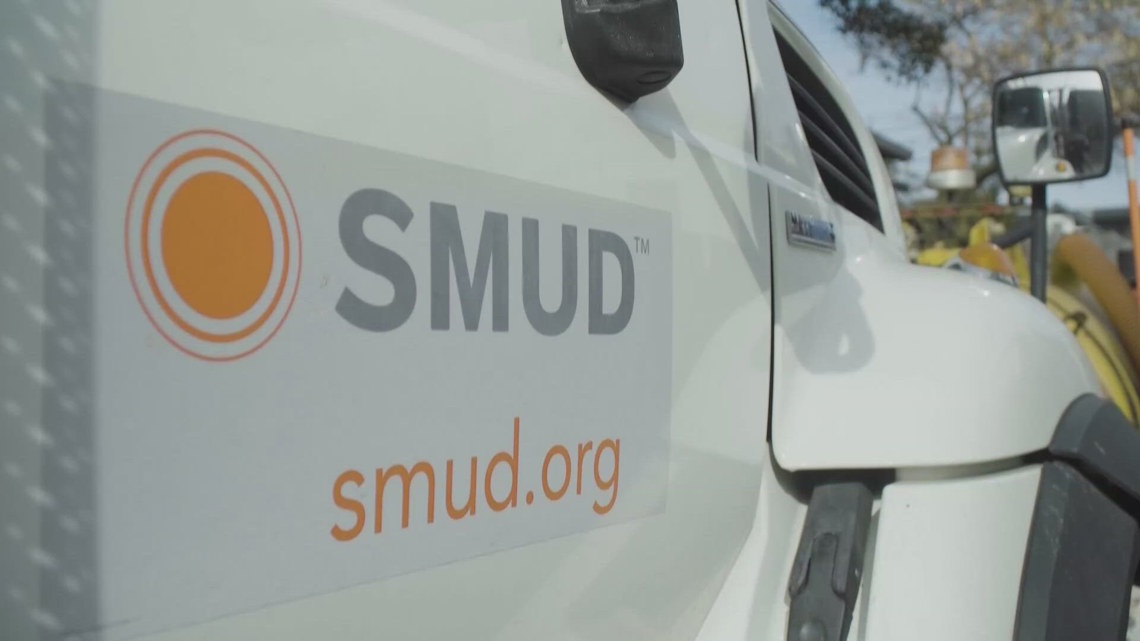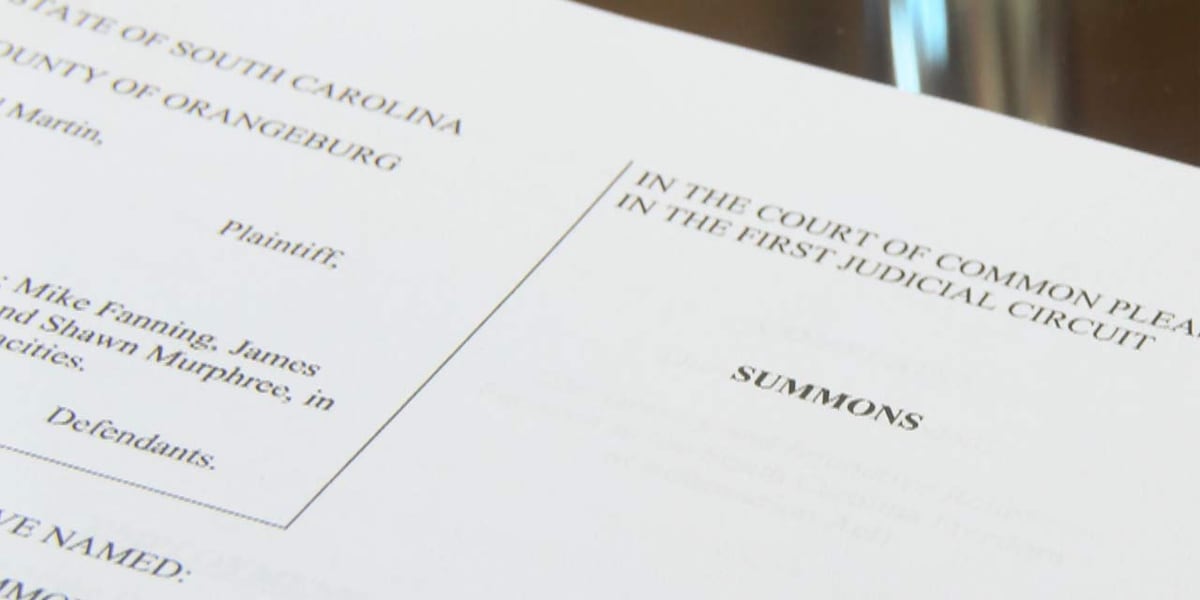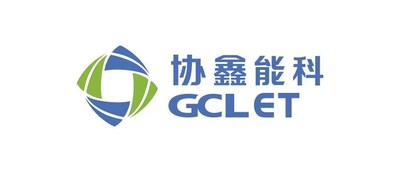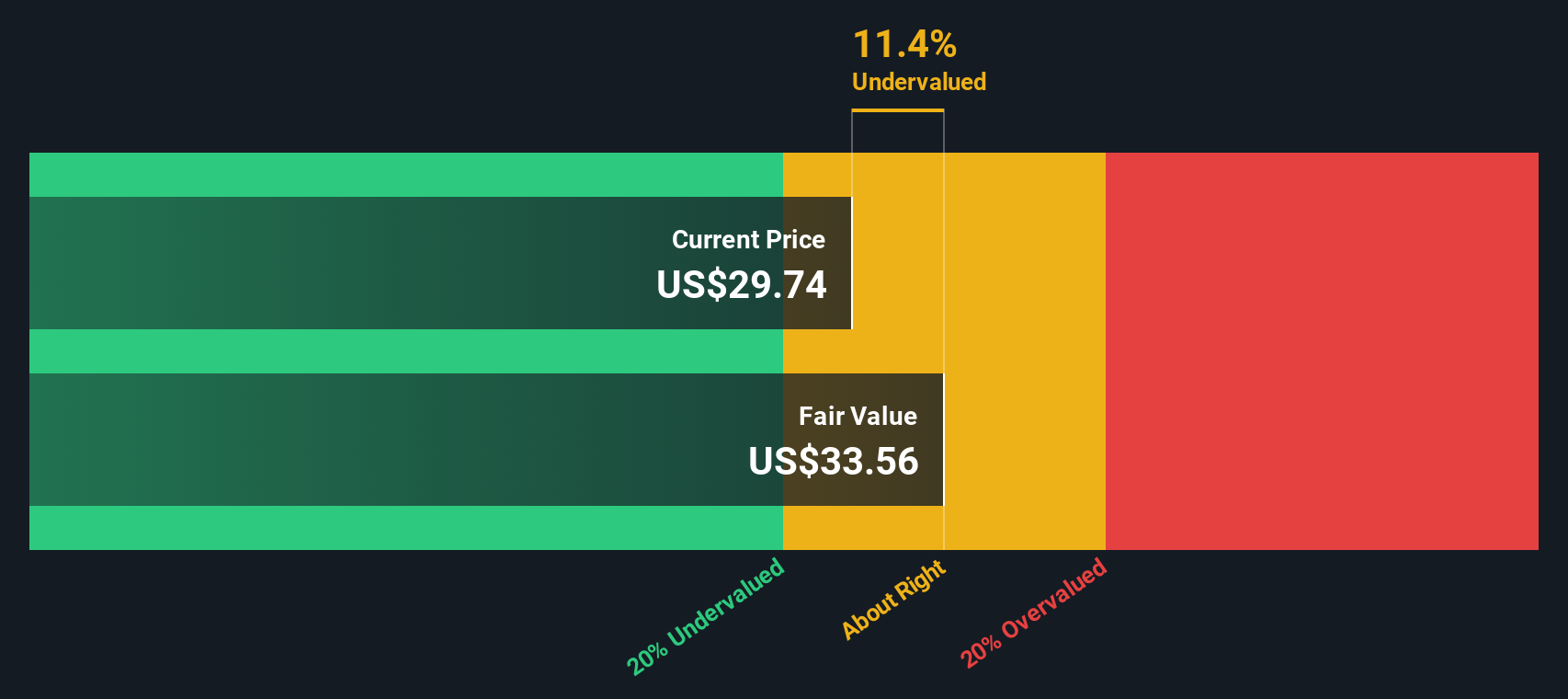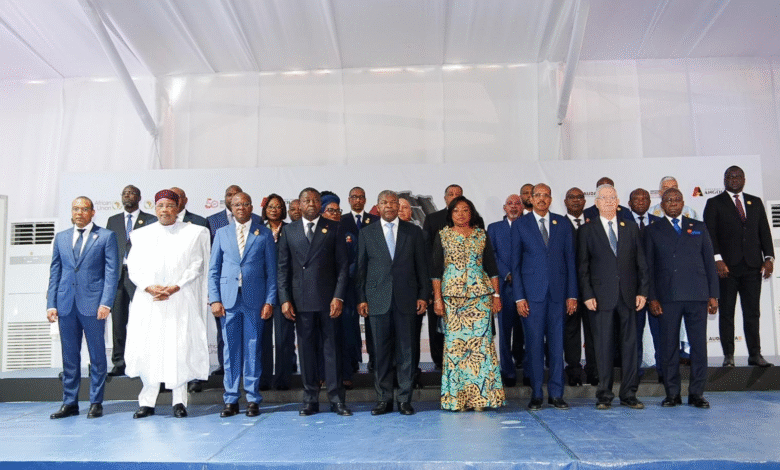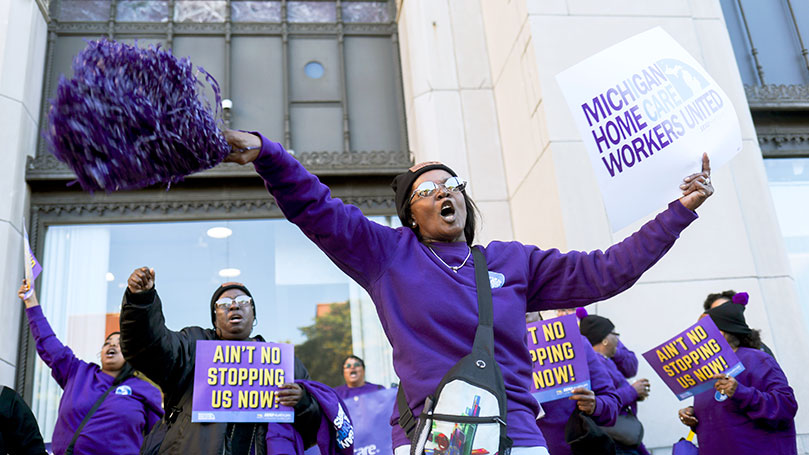Now Streaming: New Film ‘Lilly’ Tells Transformative Story of Equal-Pay Hero Lilly Ledbetter – Ms. Magazine

Report on the Film “Lilly” and its Relevance to the Sustainable Development Goals
Introduction: A Cinematic Portrayal of the Fight for Economic Justice
The film “Lilly,” directed by Rachel Feldman, chronicles the life and legal battle of Lilly Ledbetter, whose fight against pay discrimination became a landmark case in United States labor law. This report analyzes the narrative of the film and the historical events it portrays through the lens of the United Nations Sustainable Development Goals (SDGs), with a particular focus on Gender Equality (SDG 5), Decent Work and Economic Growth (SDG 8), Reduced Inequalities (SDG 10), and Peace, Justice, and Strong Institutions (SDG 16).
Lilly Ledbetter’s Case: A Direct Challenge to SDG 8 and SDG 5
Violation of Decent Work and Gender Equality Principles
Lilly Ledbetter’s employment at Goodyear Tire & Rubber Co. from 1979 onwards exemplifies a critical challenge to achieving sustainable development. Her discovery, after 19 years of service, that she was paid significantly less than male counterparts with similar or less seniority, is a clear violation of principles central to multiple SDGs.
- SDG 8: Decent Work and Economic Growth: The case directly addresses Target 8.5, which calls for “equal pay for work of equal value.” The pay disparity Ledbetter experienced represents a systemic failure to provide decent work and fair compensation.
- SDG 5: Gender Equality: The gender-based nature of the discrimination is a direct affront to Target 5.1, which aims to “end all forms of discrimination against all women and girls everywhere.” Ledbetter’s struggle highlights the persistent economic barriers that undermine gender equality.
The Legal Journey and the Role of Institutions (SDG 16)
Navigating Justice Systems to Rectify Inequality
Ledbetter’s decade-long legal odyssey, culminating in the 2007 Supreme Court case Ledbetter v. Goodyear Tire & Rubber Co., underscores the importance of strong and just institutions as outlined in SDG 16.
- Initial Lawsuit (1999): Ledbetter charged Goodyear with violating Title VII of the Civil Rights Act of 1964, seeking justice through established legal channels.
- Supreme Court Ruling (2007): The Court’s ruling against Ledbetter, based on a restrictive interpretation of the 180-day statute of limitations, demonstrated how institutional procedures can fail to deliver justice and protect victims of long-term, hidden discrimination. This outcome conflicts with the objective of SDG Target 16.3 to “ensure equal access to justice for all.”
- Justice Ginsburg’s Dissent: The dissenting opinion, which placed the responsibility on Congress to “correct this Court’s parsimonious reading of Title VII,” was a pivotal moment that catalyzed legislative action, showing how internal checks and balances within institutions can pave the way for reform.
Legislative Victory and Progress Towards Reducing Inequalities (SDG 10)
The Lilly Ledbetter Fair Pay Act of 2009
Refusing to accept defeat, Ledbetter took her fight to the U.S. Congress. Her advocacy resulted in a significant legislative achievement that directly contributes to the advancement of several SDGs.
- The Fair Pay Act: Signed into law in 2009, the act amends the Civil Rights Act of 1964 by resetting the 180-day statute of limitations with every new discriminatory paycheck.
- Contribution to SDG 10 (Reduced Inequalities): The law is a critical tool for achieving Target 10.3, which seeks to “ensure equal opportunity and reduce inequalities of outcome, including by eliminating discriminatory laws, policies and practices.”
- Strengthening SDG 16 (Peace, Justice and Strong Institutions): The passage of the act demonstrates the creation of more effective, accountable, and inclusive institutions (Target 16.6) capable of correcting judicial shortcomings and strengthening legal protections against discrimination.
The Film “Lilly”: A Narrative for Advocacy and Awareness
Inspiring Action for Sustainable Development
The film “Lilly” functions as more than a biographical drama; it is a powerful tool for advocacy and public education. Director Rachel Feldman and actor Patricia Clarkson sought to create an accessible story that illustrates how an ordinary individual can effect extraordinary change. Ledbetter herself hoped the film would inspire viewers to challenge injustice in their own lives.
Conclusion
The story of Lilly Ledbetter, as captured in the film, is a compelling case study in the fight for fundamental human and economic rights. Her journey from a factory supervisor to a national icon for equal pay directly embodies the principles of the Sustainable Development Goals. The film serves as an important record of her legacy and an inspirational call to action, proving that the pursuit of gender equality, decent work, reduced inequalities, and strong institutions is driven by the resilience and determination of individuals.
1. Which SDGs are addressed or connected to the issues highlighted in the article?
-
SDG 5: Gender Equality
The article is centered on Lilly Ledbetter’s fight against gender-based pay discrimination. Her story, where she was paid less than her male colleagues for the same work, directly addresses the need to end all forms of discrimination against women. The resulting Lilly Ledbetter Fair Pay Act is a legislative measure aimed at achieving gender equality in the workplace.
-
SDG 8: Decent Work and Economic Growth
The core issue is the principle of “equal pay for work of equal value.” The article details how Ledbetter worked for 19 years at Goodyear but did not receive pay equal to her male counterparts, highlighting a failure to provide decent work and fair remuneration, which is a key aspect of SDG 8.
-
SDG 10: Reduced Inequalities
The pay gap between Lilly Ledbetter and her male colleagues is a clear example of economic inequality based on gender. The article quotes Ledbetter hoping the film makes people realize “how shortchanged women and minorities have been for many, many years,” directly connecting her personal struggle to the broader issue of reducing inequalities.
-
SDG 16: Peace, Justice and Strong Institutions
The article chronicles Ledbetter’s “10-year odyssey” through the American legal system, including her lawsuit against Goodyear, the Supreme Court case Ledbetter v. Goodyear Tire & Rubber Co., and her subsequent advocacy in Congress. This journey highlights the importance of access to justice and the role of effective, accountable legislative institutions in correcting judicial interpretations and creating enforceable laws like the Fair Pay Act.
2. What specific targets under those SDGs can be identified based on the article’s content?
-
Target 5.1: End all forms of discrimination against all women and girls everywhere.
The article’s entire narrative is about combating “gender-based pay discrimination,” a specific form of discrimination against women that this target aims to eliminate.
-
Target 5.c: Adopt and strengthen sound policies and enforceable legislation for the promotion of gender equality and the empowerment of all women and girls at all levels.
The creation and signing of the “Lilly Ledbetter Fair Pay Act” is a direct example of this target in action. The article notes the law was created “to correct this Court’s parsimonious reading of Title VII” and make legislation against pay discrimination more enforceable by restarting the statute of limitations with each discriminatory paycheck.
-
Target 8.5: By 2030, achieve full and productive employment and decent work for all women and men… and equal pay for work of equal value.
This target is the central theme of Lilly Ledbetter’s fight. The article states she discovered “three other supervisors, all men, who were making more money than she was, despite not having the same level of education and/or seniority,” which is a direct violation of the principle of equal pay for work of equal value.
-
Target 10.3: Ensure equal opportunity and reduce inequalities of outcome, including by eliminating discriminatory laws, policies and practices and promoting appropriate legislation, policies and action in this regard.
Goodyear’s pay practices represented a discriminatory policy that led to an inequality of outcome for Ledbetter. Her fight, culminating in the Fair Pay Act, is an example of promoting “appropriate legislation” to eliminate such practices and ensure more equal opportunities.
-
Target 16.3: Promote the rule of law at the national and international levels and ensure equal access to justice for all.
Ledbetter’s struggle through the legal system, from her initial lawsuit to the Supreme Court, exemplifies the challenge of ensuring equal access to justice. The article highlights how a “technicality in Title VII” was used to deny her claim, showing a barrier to justice that was later addressed by new legislation.
-
Target 16.b: Promote and enforce non-discriminatory laws and policies for sustainable development.
The article discusses how Title VII of the Civil Rights Act of 1964 existed but, in Ledbetter’s view, there was “no enforcement.” The Lilly Ledbetter Fair Pay Act was created specifically to strengthen the enforcement of non-discriminatory pay policies, directly aligning with this target.
3. Are there any indicators mentioned or implied in the article that can be used to measure progress towards the identified targets?
-
Indicator 8.5.1: Average hourly earnings of female and male employees, by occupation, age and persons with disabilities.
This indicator is directly implied by the “anonymous note listing her salary and the salaries of three other supervisors, all men, who were making more money than she was.” This note provided the raw data for a comparison of earnings between male and female employees in the same occupation, which is the essence of the gender pay gap measurement.
-
Indicator 5.1.1: Whether or not legal frameworks are in place to promote, enforce and monitor equality and non-discrimination on the basis of sex.
The article explicitly mentions several legal frameworks. It refers to “Title VII of the Civil Rights Act of 1964,” the Supreme Court ruling in Ledbetter v. Goodyear Tire & Rubber Co., and the “Lilly Ledbetter Fair Pay Act.” The evolution from one law to the next demonstrates the process of strengthening legal frameworks to better enforce non-discrimination.
-
Indicator 16.b.1: Proportion of population reporting having personally felt discriminated against or harassed in the previous 12 months on the basis of a ground of discrimination prohibited under international human rights law.
Lilly Ledbetter’s entire story, as chronicled in the article, serves as a detailed report of experiencing pay discrimination. Her quote, “I was really humiliated, embarrassed and disappointed,” captures the personal feeling of being discriminated against, which this indicator aims to measure on a population-wide scale.
4. Create a table with three columns titled ‘SDGs’, ‘Targets’ and ‘Indicators’ to present the findings from analyzing the article. In this table, list the Sustainable Development Goals (SDGs), their corresponding targets, and the specific indicators identified in the article.
| SDGs | Targets | Indicators |
|---|---|---|
| SDG 5: Gender Equality | 5.1: End all forms of discrimination against all women and girls everywhere.
5.c: Adopt and strengthen sound policies and enforceable legislation for the promotion of gender equality. |
5.1.1: Whether or not legal frameworks are in place to promote, enforce and monitor equality and non-discrimination on the basis of sex (evidenced by discussion of Title VII and the Lilly Ledbetter Fair Pay Act). |
| SDG 8: Decent Work and Economic Growth | 8.5: Achieve full and productive employment and decent work for all women and men… and equal pay for work of equal value. | 8.5.1: Average hourly earnings of female and male employees (implied by the note comparing Ledbetter’s salary to her male colleagues). |
| SDG 10: Reduced Inequalities | 10.3: Ensure equal opportunity and reduce inequalities of outcome, including by eliminating discriminatory laws, policies and practices. | N/A (The article discusses the concept of inequality but does not provide specific metrics that align with official SDG 10 indicators). |
| SDG 16: Peace, Justice and Strong Institutions | 16.3: Promote the rule of law at the national and international levels and ensure equal access to justice for all.
16.b: Promote and enforce non-discriminatory laws and policies for sustainable development. |
16.b.1: Proportion of population reporting having personally felt discriminated against (evidenced by Lilly Ledbetter’s entire story and her personal account of feeling humiliated and embarrassed by the discrimination). |
Source: msmagazine.com

What is Your Reaction?
 Like
0
Like
0
 Dislike
0
Dislike
0
 Love
0
Love
0
 Funny
0
Funny
0
 Angry
0
Angry
0
 Sad
0
Sad
0
 Wow
0
Wow
0










